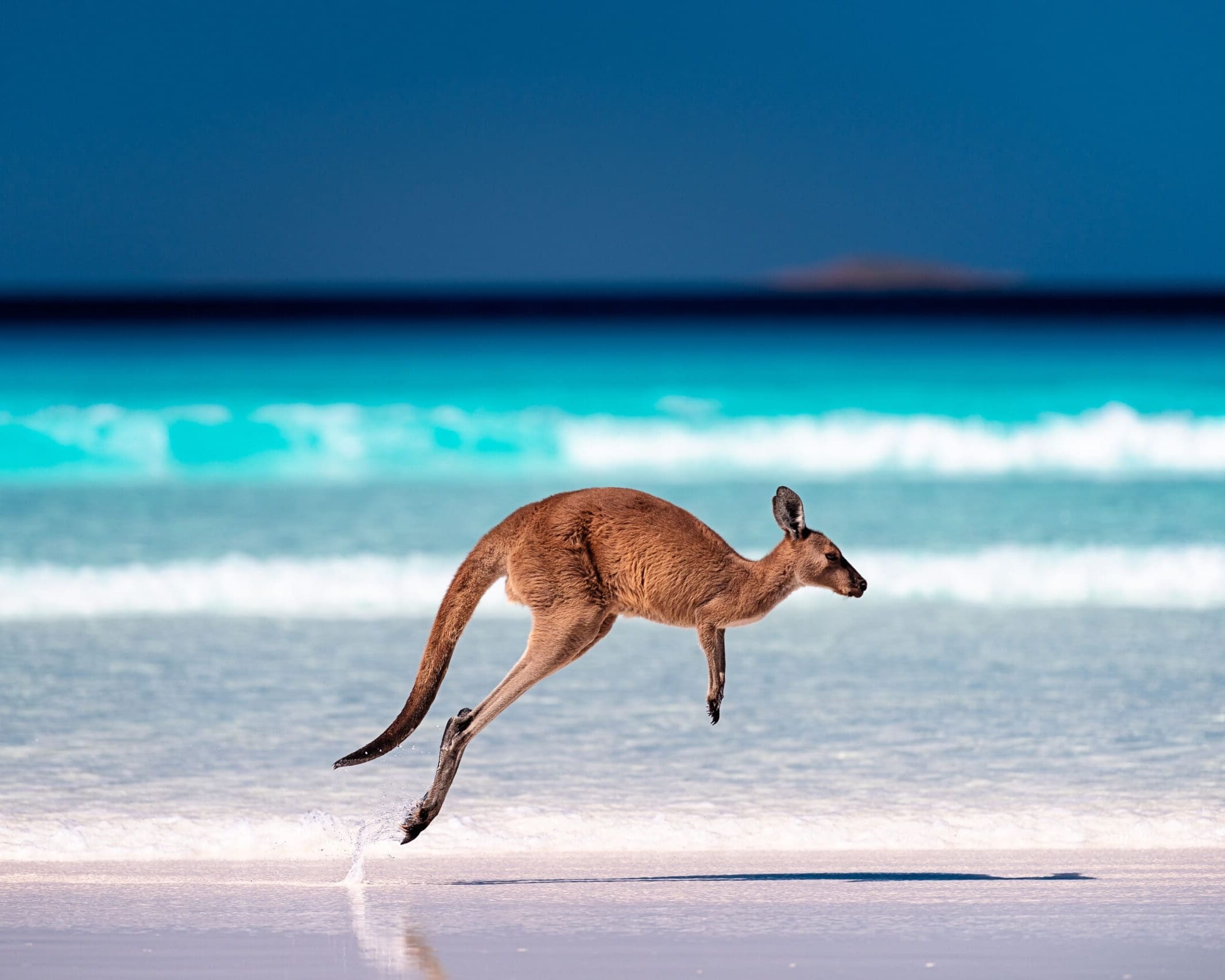Dive into the captivating beauty of Australia, a land of endless adventure where the vibrant hues of the Great Barrier Reef meet the ancient echoes of the Outback.
This is a place where bustling cityscapes coexist with tranquil, golden beaches, offering a kaleidoscope of experiences for every traveler. From the iconic Sydney Opera House to the rugged wilderness of Tasmania, Australia promises a journey of discovery and awe.
Whether you’re surfing the waves of the Gold Coast, tasting exquisite wines in the Barossa Valley, or exploring the mystical Uluru, every moment is an invitation to explore the extraordinary.
Our guide to Australia is your compass to navigating this vast, breathtaking country, designed with the curious, adventurous, and discerning traveler in mind.
Ready your senses for an unparalleled exploration of wildlife, wilderness, and culture.

The Best Time To Visit
The best time to visit Australia varies by region due to its size and climatic diversity.
Spring (September to November) and Autumn (March to May) offer mild weather and fewer crowds, ideal for outdoor activities and sightseeing across most of the country, including major cities and wine regions.
Summer (December to February) is perfect for beach destinations like the Gold Coast and the Great Barrier Reef but expect hotter temperatures and more tourists.
Winter (June to August) is the best season for visiting the northern parts, where the climate is warm and dry, and for engaging in snow sports in the southern mountains.
Your choice of when to visit should align with your interests and the experiences you seek, as Australia provides a range of activities and attractions throughout the year.
What To Know
In Australia, English is the predominant language spoken.
‘Ozzie; English is distinctive for its unique accent and slang, but it’s generally understandable to English speakers worldwide.
Additionally, Australia recognizes several Indigenous languages, with efforts underway to preserve and revive these important parts of the country’s cultural heritage.
Travelers heading to Australia will be using the Australian Dollar. It’s the official currency for all transactions within the country, including dining, accommodation, and transportation.
Banknotes are available in $5, $10, $20, $50, and $100 denominations, each featuring distinctive colors and designs, making them easy to distinguish.
Credit and debit cards are widely accepted, but it’s wise to carry some cash, especially when visiting smaller towns or rural areas. ATMs are readily available across cities and most towns, allowing easy access to withdraw cash as needed.
Australia is widely regarded as a safe travel destination with low crime rates and a stable environment.
Visitors should practice standard safety precautions in urban and tourist areas, such as safeguarding personal belongings and being cautious at night. Awareness of natural hazards—like strong ocean currents, wildlife, and bushfire risks—is essential when enjoying Australia’s beautiful outdoors.
The country offers high-quality healthcare, though travel insurance is recommended for covering medical expenses. In emergencies, the contact number is 000.
With common-sense measures and respect for local guidelines, travelers can have a secure and enjoyable visit to Australia.
Public transport in Australia offers a variety of options across its cities and major towns, including buses, trains, trams, and ferries. The extent and type of public transport available can vary significantly depending on the location.
- Trains provide extensive coverage in larger cities like Sydney, Melbourne, and Brisbane, connecting city centers with suburbs and, in some cases, nearby regional areas.
- Trams are a notable feature in Melbourne, home to the world’s largest tram network, and are also found in cities like Adelaide and Sydney, offering convenient inner-city travel.
- Buses are ubiquitous and serve as the backbone of public transport in many areas, connecting regions not serviced by trains or trams.
- Ferries offer scenic routes in cities like Sydney and Brisbane, where waterways are integral to the transport system.
Cities typically have integrated ticketing systems, allowing travelers to use a single ticket or smart card, like Sydney’s Opal card or Melbourne’s Myki, across different modes of transport.
Public transport in Australia is reliable and safe, providing an efficient way to explore cities and their attractions. However, for travel in remote or rural areas, a car may be necessary, as public transport options can be limited.
